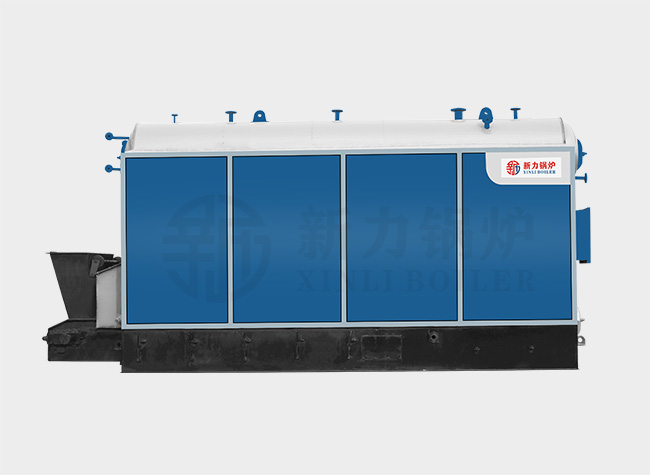Guide: The fuel used in the biomass boiler is environmentally friendly renewable energy, such as firewood, straw, rice husk or processed pellet fuel. Biomass boilers are more environmentally friendly than coal-fired boilers, and have lower operating costs than gas-fired boilers, and are favored by users. How much steam does a ton of biomass produce in a biomass boiler? Does the biomass boiler need denitration? What is the boiler denitration method?
The fuel used in the biomass boiler is environmentally friendly renewable energy, such as firewood, straw, rice husk or processed pellet fuel. Biomass boilers are more environmentally friendly than coal-fired boilers, and have lower operating costs than gas-fired boilers, and are favored by users. How much steam does a ton of biomass produce in a biomass boiler? Does a biomass boiler need denitration? What is the boiler denitration method?
1. The amount of steam produced by one ton of biomass in a biomass boiler
The biomass boiler has a large furnace, and its thermal efficiency is higher than that of a coal-fired boiler, which can reach more than 80%. According to the working principle of the boiler and the principle of energy conservation, the biomass fuel consumption of the boiler = the heating capacity of the boiler ÷ the thermal efficiency ÷ the heating value. Therefore, the boiler fuel consumption is related to the boiler size, thermal efficiency and fuel heating value. In the theoretical calculation, the biomass fuel heating The value is generally calculated by 4000KCAL. Then, the amount of biomass fuel required to produce 1 ton of steam is 180 kg, so 1 ton of biomass can produce 5.6 tons of steam.

2. Biomass boiler desulfurization and denitrification method
Selective catalyst reduction flue gas denitrification technology (SCR) uses a vertical catalyst reaction tower and anhydrous ammonia to remove nitrogen oxides (NOx) from the flue gas of biomass boilers. Specifically, ammonia (NH3) is used as the reactant, mixed with the flue gas discharged from the boiler, and then passed through the catalyst layer. In the catalyst layer, under the action of the catalyst, NOx is reduced and decomposed into harmless nitrogen (N2) and water (H2O). The denitration rate of this process can reach more than 90%, the NH3 escape is less than 5ppm, the equipment use efficiency is high, and there is basically no secondary pollution. It is currently the world's advanced flue gas denitrification technology, and its market share in the global flue gas denitrification field is as high as 98 %.
The above introduces the amount of steam produced by the biomass boiler and the desulfurization and denitration method of the boiler. The user must implement the local environmental protection requirements before purchasing the equipment, and configure the matching auxiliary equipment and dust removal equipment. Our company can according to the user’s location and production requirements. You tailor-made boiler selection design plan.




























